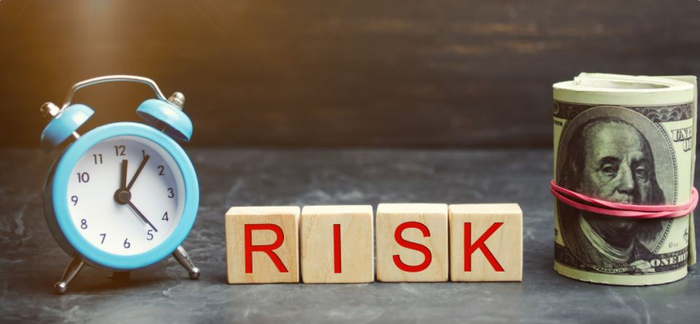Business Owners Must Stay Ahead of Daily Events and Keep the End in Mind
Building a business is kind of like being a parent. You start with an infant enterprise that needs constant attention and often deprives you of sleep, absorbs a big chunk of your savings, and pushes all of your hobbies to the back burner. You foster it through various stages of growth, including some rocky times, and help it stand on its own. Eventually, you may rely on it to carry on your legacy and take care of you financially.
Making the transition from taking care of your business to having the business take care of you in retirement is the purpose of succession planning. A good plan helps ensure the orderly transfer of a business to the next generation while providing you with retirement income or a nest egg to secure your future.
Let’s review succession planning and the kinds of retirement options small business owners should consider.




